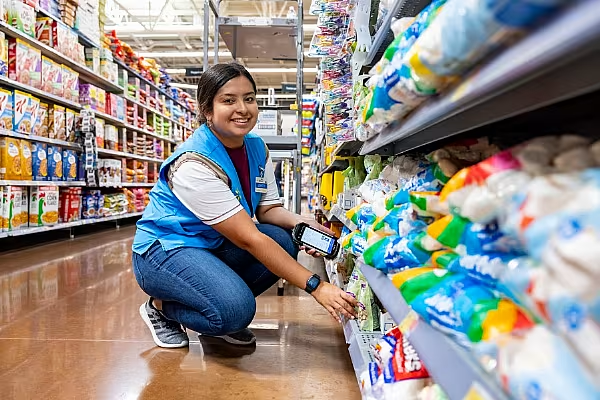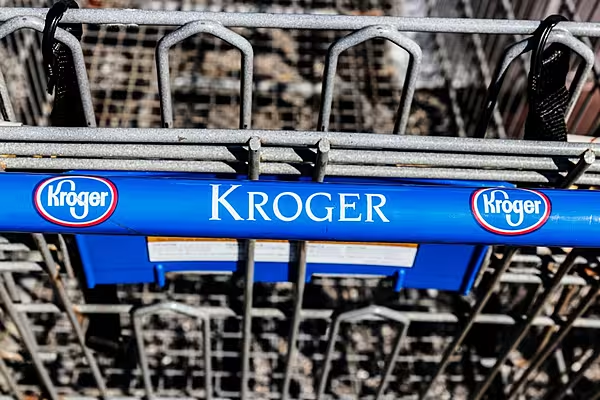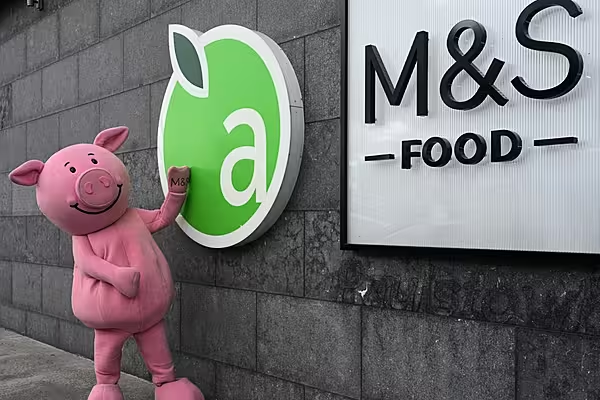A positive forecast from retail bellwether Walmart signalled a resilient US shopper, in line with earlier remarks by one of its key suppliers and one of its retail rivals.
American shoppers are opening their wallets, spending money on bargain-priced goods in stores and online, with many people turning to Walmart's delivery service for convenience, Walmart executives said.
The nation's largest retailer raised its full-year outlook and reported better-than-expected first quarter results. On Thursday (16 May), its shares surged by nearly 7%, driving shares of rivals such as Target, Dollar General and Dollar Tree higher.
Procter & Gamble, one of Walmart's biggest and most important suppliers, recently also raised its full year profit forecast. On 19 April, executives at P&G, which makes Tide detergent and Dawn dish soap, disclosed that its volumes grew around 3% in the US, its top market.
Earlier this week, rival Home Depot maintained its annual forecast despite reporting a bigger-than-expected drop in sales.
Analysts said this could indicate that Home Depot expects an improving spending environment in the second half of the year.
Ongoing Financial Strain
To be sure, several retailers and food companies have noted what appears to be worsening or ongoing financial strain on low-income Americans making less than $35,000 a year.
Walmart, the leading grocery retailer in the United States, accepts food stamps and seeks to keep merchandise prices low in order to draw bargain seekers of all income levels.
It offered discounts on 45% more food and grocery products in April than during the year-earlier period, executives said.
But higher-income households earning more than $100,000 annually also opened their wallets. They were instrumental in driving Walmart's online sales of general merchandise, its executives disclosed.
US Retail Sales
US government data on Wednesday (15 May) showed that retail sales were unexpectedly flat in April as higher gasoline prices and rents pulled spending away from other goods.
Walmart executives said the price gaps Walmart maintains with competitors helped increase visits to its stores and website in the first quarter even though the average amount spent per transaction remained flat compared to a year ago.
"The fight is for the middle and upper (income) consumer that's still able to spend," said Don Nesbitt, senior portfolio manager at F/m Investments, which owns Walmart shares.











